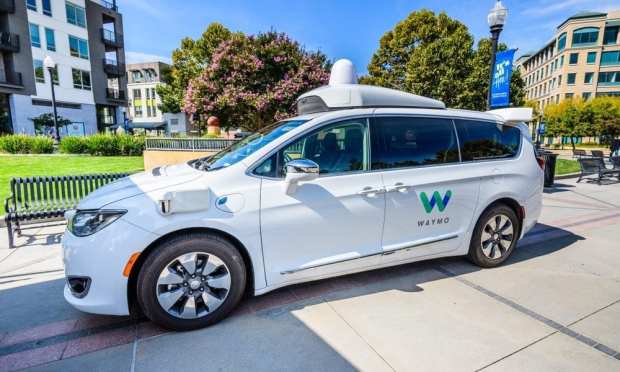Alphabet’s Waymo To Sell Lidar Mapping Sensors To Partners

Waymo, the self-driving car unit of Alphabet, said on Wednesday (March 6) that it’s going to start selling its autonomous car sensors to partners that don’t make self-driving cars, according to reports.
The sensor is called the Laser Bear Honeycomb 3D perimeter, and it can be used in a multitude of different technological fields, including robotics.
“For over a decade, Waymo has been developing self-driving technology with a mission to make it safe and easy for people and things to move around. … in 2011, we began developing our own set of sensors from the ground up, including three different types of lidars — the sophisticated sensors that measure distance with pulses of laser light,” the company said in a blog post.
“Our custom lidars have been instrumental in making Waymo the first company in the world to put fully self-driving cars on public roads. Now, we are making these sensors available to companies outside of self-driving — beginning with robotics, security, agricultural technology, and more — so they can achieve their own technological breakthroughs.”
The licensing of the technology is one way for Waymo to create revenue going forward, in addition to its nascent autonomous ride-sharing business called Waymo One, which was launched in Phoenix in December.
Some financial institutions are bullish on the company. Last year, Morgan Stanley said Waymo could be worth as much as $70 billion, and UBS valued Waymo from between $45 billion and $135 billion, saying the company could generate $114 billion in revenue by 2030.
The sensors “can see up to four different objects in the laser beams’ line of sight,” which means they are instrumental in avoiding crashes.
“Offering this lidar to partners helps spur the growth of applications outside of self-driving cars and also propels our business forward,” the company said in its blog post. “We can scale our autonomous technology faster, making each sensor more affordable through economies of scale.”
